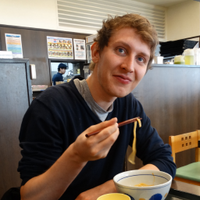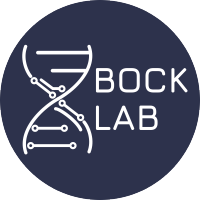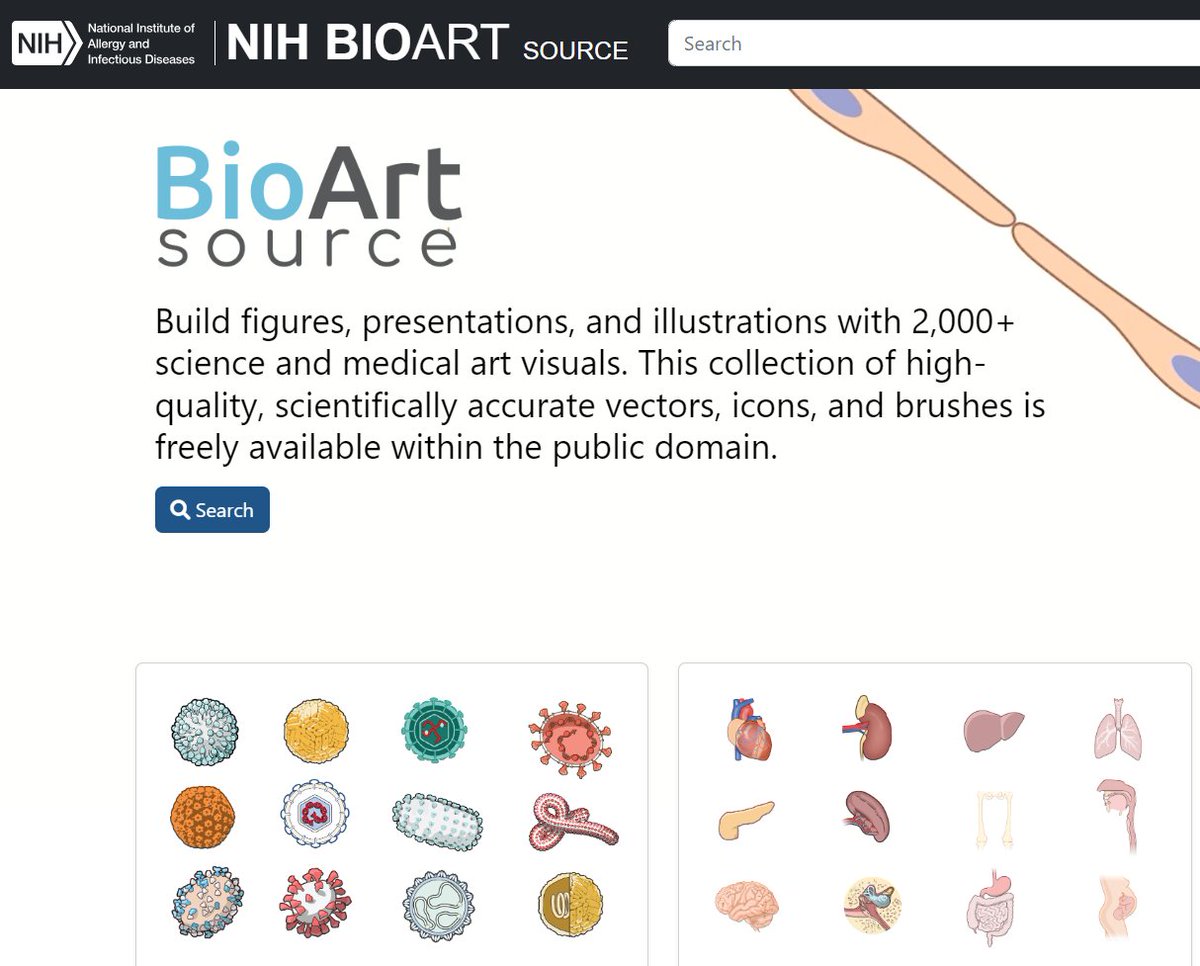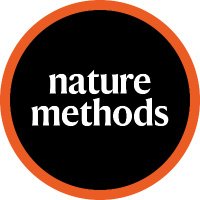
Igor Dolgalev
@bioigor
Assistant Professor @NYUGSOM_PMED @nyugrossman
see also: igord.bsky.social
ID: 870030789483868161
https://igor.pub 31-05-2017 21:34:39
927 Tweet
372 Followers
287 Following

I'm happy to share that out paper on Phantasus, a web-application for visual and interactive gene expression analysis, got out in eLife - the journal elifesciences.org/articles/85722 Here, I'm using it to analyze a random GEO dataset, including basic QC to filter outliers, in under 100 seconds! 1/n


Systematic comparison of sequencing-based spatial transcriptomic methods in Nature Methods In summary: “- Stereo-seq, Slide-tag, Visium shows the better capture efficiency with raw sequencing depth - Slide-seq V2, Visium (probe), DynaSpatial gives the better capture efficiency



Are you missing cells and cell types in your single-cell multiome experiments 10x Genomics? Check out EmptyDropsMultiome MarioniLab


Here we go…repurposing spatial imaging techs to achieve ultra-low to ultra-high, multiplexing, nuclei, cells, single (RNA or Protein), multimodal (RNA and Protein), super cheap! NO SEQUENCING! 10x Genomics @nanostringtech Akoya Biosciences Bruker



This is great! NIAID News have launched a collection of public domain illustrations (currently 550 individual icons) bioart.niaid.nih.gov







